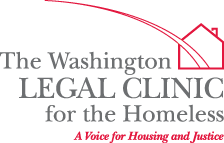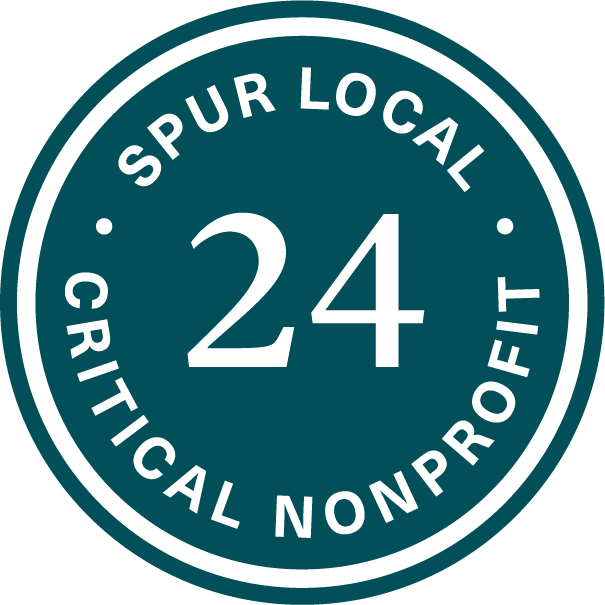By Julie Broas, Staff Attorney
Every weekday at 10 a.m., Ana Portillo, a Case Manager with Catholic Charities, meets with a group of Latino men in a small conference room at the Sacred Heart Church in Columbia Heights. During the winter months, the conversation invariably focuses on survival strategies – how the men, most of whom are homeless, can secure a bed in the hypothermia shelter that opens at Sacred Heart when it’s freezing or, if they choose or are forced to sleep outside, how they can avoid being arrested for trespassing when the only sheltered spot is the doorway of a private home or business. As spring approaches and the hypothermia season ends, each morning, Ana is asked the same haunting question: “Where can we go when the shelter closes?”
Not that the shelter’s conditions are necessarily palatable, even to the members of the discussion group. Reports of theft and violence are commonplace due to the District’s failure to budget for adequate staffing to handle security. Despite the District’s commitment to offer 50 beds throughout the winter season, the shelter provides barely half that number since most of the cheap aluminum cots have broken and not been replaced. The blankets provided to those who are forced, as a result, to sleep on the floor are often infested with bedbugs. Yet, each freezing night, 50-60 men call the Sacred Heart hypothermia shelter home.
So what will happen when the weather warms up and the District closes the shelter? In years past, some men would be able secure a bed at the year-round La Casa shelter on 14th and Irving Streets. For months prior to that shelter’s closing in October 2010, the Legal Clinic and other advocates warned of an impending crisis and called for the District to provide a replacement facility in Columbia Heights primarily to accommodate the Latino community, which depends upon the area’s comprehensive bilingual medical and support services, meal programs, opportunities for day work, and network of family and friends. Sadly, neighborhood opposition squashed any hope for even a preliminary proposal.
Last week, during a meeting of the Operations and Logistics Committee of the Interagency Council on Homelessness, the District delivered its final word on the subject: it would not be funding any low-barrier men’s shelter in Columbia Heights.
What does this mean for the members of Ana Portillo’s discussion group and other homeless members of the Latino community? According to a District representative at the ICH meeting, these men have a “choice” – to travel to the other side of town to sleep in one of three other low-barrier shelters for men instead of trying somehow to stay in Columbia Heights. In reality, however, the District’s offer is meaningless; the absence of any bilingual supportive services at those shelters and an unreliable, unworkable and English-only transportation system discourage most Latino men from even considering the trip. So what real choice is left for the 100-plus homeless residents of Columbia Heights? Watch the parks, alleys and doorways of the neighborhood on April 1 and see.





